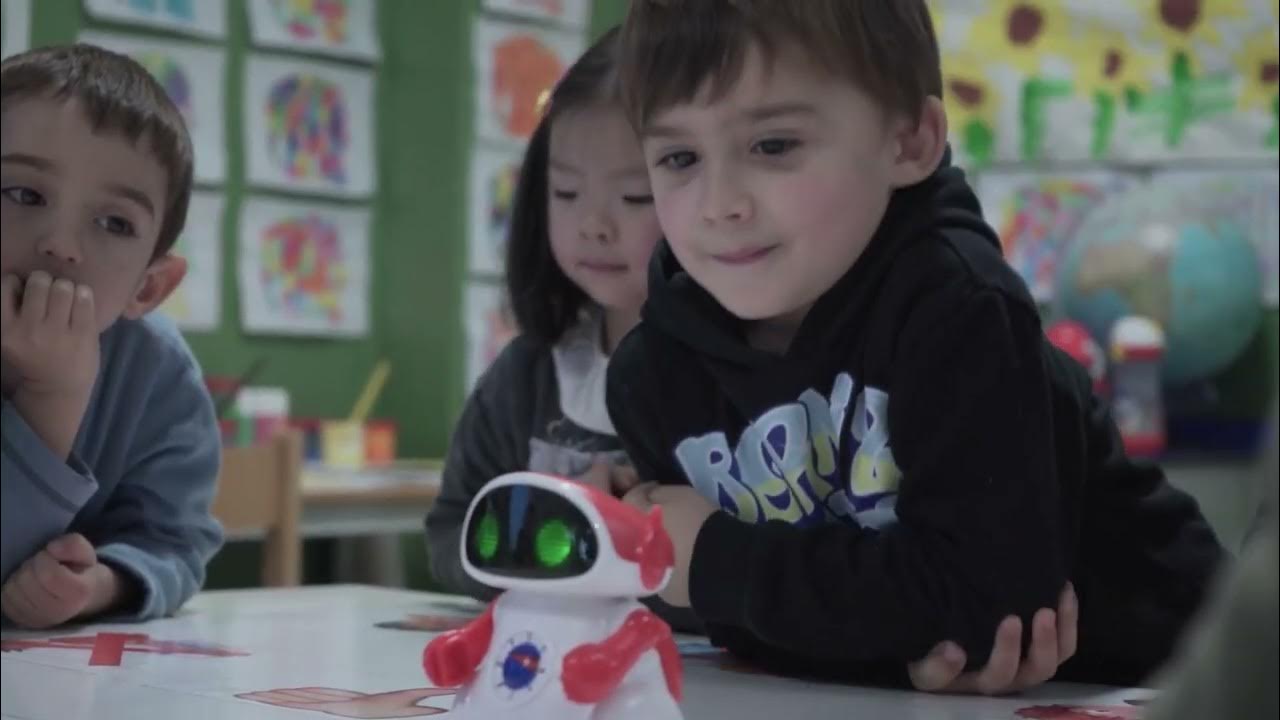Episódio 5 - Objetos de aprendizagem e aprendizagem ubíqua.
Summary
TLDRThis podcast episode from UFRN focuses on digital learning resources and learning objects, exploring how these materials enhance teaching and learning across various educational levels. It discusses key pedagogical approaches, including behaviorism, constructivism, and Vygotsky's socio-interactionist theory, offering insights into evaluating learning objects based on epistemological and technical criteria. The episode also introduces different types of readers—contemplative, movement, immersive, and bico—highlighting how evolving reading habits shape modern learning processes. The discussion encourages critical thinking about how digital tools and reading types can influence education in the digital age.
Takeaways
- 📚 Learning objects are digital pedagogical materials that support teaching and learning processes, used across all educational levels.
- 🧑🏫 For teachers, the epistemological perspective and ease of use of learning resources are crucial for selecting quality digital tools.
- ✅ Technical evaluation of learning objects includes criteria like functionality, efficiency, and reliability.
- 📑 Learning objects can follow various educational theories such as behaviorism (Skinner), constructivism, or socio-interactionism (Vygotsky).
- 🔍 Behaviorist learning objects use strategies like testing after sessions, providing rewards for correct answers, and encouraging memorization.
- 💡 Constructivist learning objects focus on problem-solving, hypothesis formation, multiple solution paths, and encouraging reflection.
- 👥 Socio-interactionist learning objects promote interaction and debate between students and teachers, emphasizing social learning.
- 🎯 The adaptability of learning objects to different learning styles and knowledge levels is essential for effective use in education.
- ⚙️ Technical aspects such as robustness, portability, and interface quality significantly affect the user experience of learning objects.
- 📖 Four types of readers are identified: contemplative, movement, immersive, and bico, each with unique characteristics in how they process information.
Q & A
What are learning objects according to the podcast?
-Learning objects are digital pedagogical materials that support teaching and learning processes. They can be used at different educational levels, from early childhood education to higher education.
What are some key criteria for evaluating learning objects for students?
-For students, important criteria include functionality, efficiency, and reliability of the learning objects.
What factors are crucial for teachers when selecting learning objects?
-For teachers, the most important factors are the epistemological alignment of the learning object and the ease of use of the resources.
What pedagogical theories are mentioned in the evaluation of learning objects?
-The podcast mentions several pedagogical theories, including behaviorism (associated with Skinner's theories), constructivism, and socio-interactionism (associated with Vygotsky).
How can a behaviorist learning object be identified?
-A behaviorist learning object can be identified if it tests students after each session, rewards correct answers, only allows progression after the expected response, and encourages memorization.
What characteristics define a constructivist learning object?
-A constructivist learning object involves problem-solving that encourages hypothesis formation, offers multiple ways to solve a problem, supports actions based on reflection, and promotes exploration of different information sources.
What is the role of social interaction in socio-interactionist learning objects?
-In socio-interactionist learning objects, social interaction between students and between students and teachers plays a fundamental role in the learning process.
What are the four types of readers described in the podcast?
-The four types of readers are the contemplative reader, the movement reader, the immersive reader, and the BIC (Browsing, Interacting, Communicating) reader.
What are the main characteristics of the BIC reader?
-The BIC reader is highly cognitively prepared to make connections in multimedia environments without losing awareness of their physical surroundings. This reader can switch between digital interactions and physical presence fluidly.
How does BIC learning differ from traditional educational models?
-BIC learning emphasizes instant access to information and flexibility in learning environments, differing from traditional models that require long periods of focus, such as reading books or newspapers.
Outlines

This section is available to paid users only. Please upgrade to access this part.
Upgrade NowMindmap

This section is available to paid users only. Please upgrade to access this part.
Upgrade NowKeywords

This section is available to paid users only. Please upgrade to access this part.
Upgrade NowHighlights

This section is available to paid users only. Please upgrade to access this part.
Upgrade NowTranscripts

This section is available to paid users only. Please upgrade to access this part.
Upgrade NowBrowse More Related Video
5.0 / 5 (0 votes)





